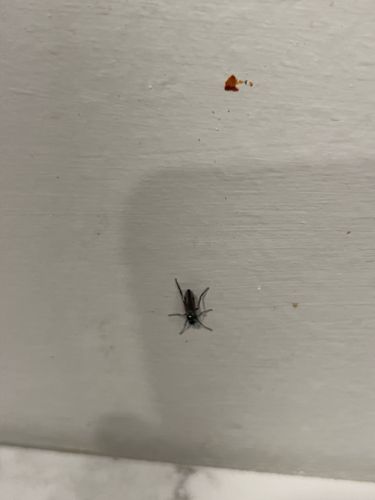Ant
Scientific Name: Formicidae (family)
Order & Family: Hymenoptera, Formicidae
Size: Typically 2 mm to 25 mm (0.08 to 1 inch), depending on the species and caste.

Natural Habitat
Highly adaptable, found in nearly all terrestrial ecosystems worldwide, including forests, deserts, grasslands, urban areas, and inside human dwellings.
Diet & Feeding
Omnivorous; diet varies greatly by species but often includes nectar, seeds, fungi, other insects (living or dead), and honeydew produced by aphids. Some species are specialist predators or scavengers.
Behavior Patterns
Ants are highly social insects that live in colonies, which can range from a few dozen individuals to millions. They exhibit complex social structures with a queen, workers, and sometimes soldiers. They communicate through pheromones, engage in cooperative foraging, nest building, and defense. Reproductive ants (alates) have wings and embark on mating flights.
Risks & Benefits
Risks: Some species (e.g., fire ants, carpenter ants) can deliver painful stings or bites, cause property damage (carpenter ants), or contaminate food. Benefits: Ants play crucial roles in ecosystems as decomposers, seed dispersers, soil aerators, and as both predators and prey, helping to control insect populations.
Identified on: 10/14/2025